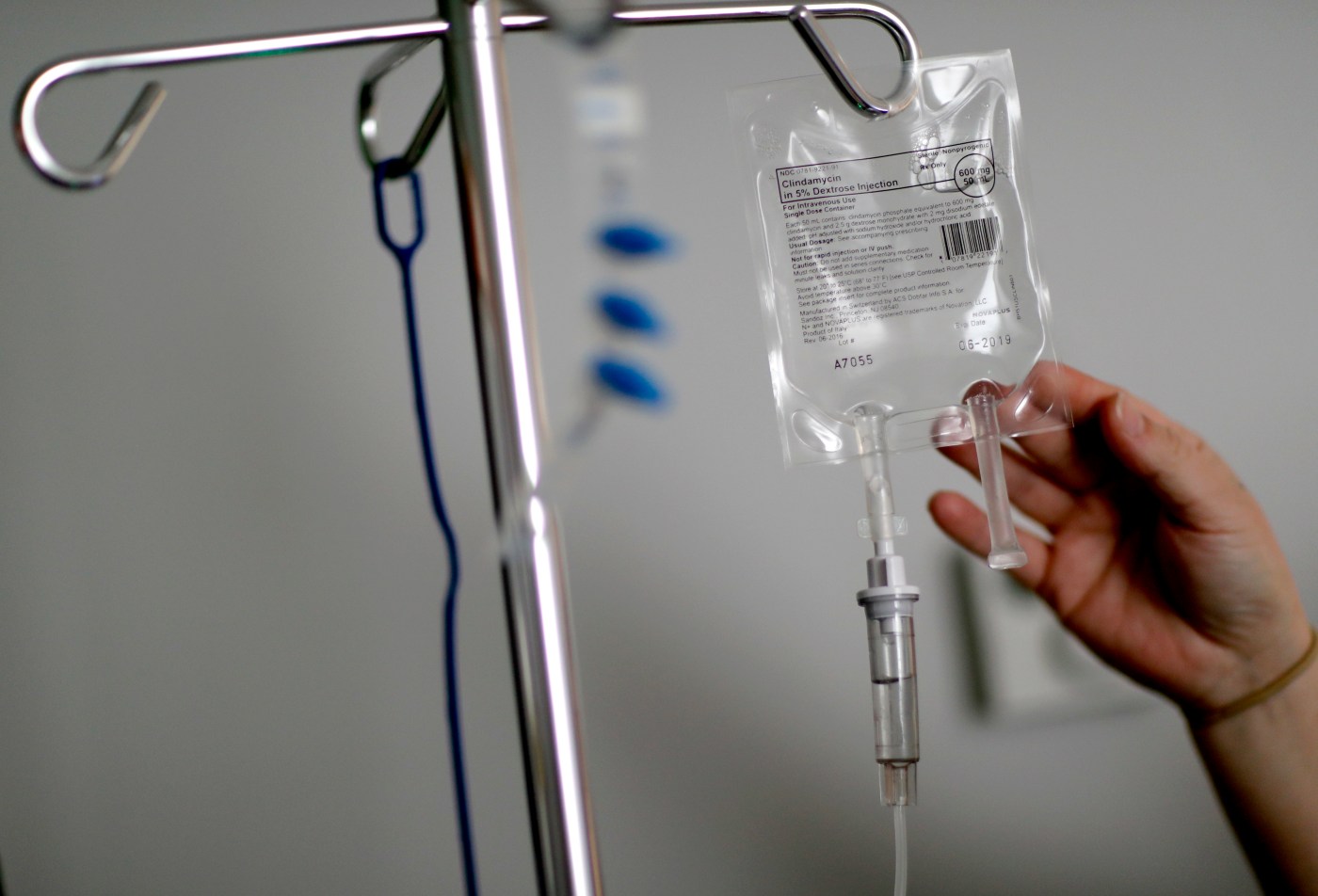
Patients spent combined 195,000 extra days in Minn. hospitals last year due to discharge delays, survey finds
In 2023, patients spent about 195,000 more days in Minnesota’s hospitals than they needed to, costing those health systems an estimated $487 million, according to the results of a new survey from the Minnesota Hospital Association.
“If hospitals cannot cover this cost and cannot find revenue elsewhere, including from the private insurance companies like UnitedHealth(care) or others, then that has to be borne by society as a whole,” said Dr. Rahul Koranne, president and CEO of MHA, the trade group that represents the state’s hospitals. “So all of us are suffering as a result.”
The analysis, announced Wednesday, Jan. 31, used data collected by the Minnesota Department of Human Services from January to May 2023 and by MHA from June to October 2023. The estimated 195,000 unneeded days of patient care, according to MHA.
The MHA survey covered 101 hospitals, including hospitals in Southeast Minnesota, Koranne said. Mayo Clinic was among the facilities surveyed, MHA confirmed.
A common reason for discharge delays, Koranne said, is when hospitalized patients are ready to go to a different facility for continued care — including nursing homes, mental health treatment centers and others — but those facilities are not able to take in those patients.
“The most frequent causes and diagnoses of patients that are remaining stuck in hospitals are, unfortunately, patients who are suffering from mental health issues or illnesses, behavioral health concerns,” Koranne said. “We’ve also noted increasing trends (in) those patients who are obese, in patients who are needing dialysis.”
Dr. Rahul Koranne, president and CEO of Minnesota Hospital Association. (Courtesy of the Minnesota Hospital Association via Forum News Service)
Delays in transferring patients to other units within a hospital also contribute to extra time spent in the hospital. Emergency department stays accounted for at least 9,223 of those unneeded patient days, according to MHA.
“The discharge community (providers) are not taking the patients, and that is leading to these thousands of patients remaining stuck in hospitals, which is backing up the entire hospital,” Koranne said. “The patients that are coming in by ambulances are coming into the emergency department wanting to get admitted and cannot get admitted because these other patients are stuck in the hospitals.”
Hospitals are not compensated for these extra patient care days by Medicare, Medicaid or most private insurers, Korrane said, because those programs do not cover expenses once a patient no longer needs hospital-level care.
“We still provide all the services,” Koranne said. “It’s just the patient does not need to be there, and all of that cost is something the hospitals just cannot afford.”
Koranne said the delays in discharging patients contribute to the issue of hospital capacity, something that has been limited since the start of the COVID-19 pandemic.
“Care capacity is limited because one in six jobs in health care right now are open,” Koranne said, “so we’re also dealing with an unprecedented crisis in the health care workforce. … We don’t have enough workers already to take care of the patients that we have to serve, and on top of that, you add this additional challenge (of) these thousands of patients that are stuck in the hospital.”
In the MHA’s 2023 Workforce Report, across the state, new hires in direct patient care jobs outnumbered turnovers, but 17.34% of those roles remained vacant.
MHA has also previously said that a majority of its hospital members — 67% — reported financial losses in the first half of 2023.
Preventable adverse health events, such as bed sores, falls and medication errors, also have increased in frequency across Minnesota’s hospitals amid the pandemic, per the Minnesota Department of Health’s 2023 Adverse Health Events in Minnesota report.
With the Minnesota Legislature’s 2024 session beginning on Feb. 12, Koranne said lawmakers need to know patients and hospitals “are not doing OK.”
“Let’s work on the root cause and provide some needed, urgent relief to our hospitals,” he said.
Related Articles
‘If it’s COVID, Paxlovid’? For many, it should be easier to get. Here’s what to know about antivirals
Miracle cures: Online conspiracy theories are creating a new age of unproven medical treatments
The U.S. eliminated measles in 2000. Why is it back now?
Aged off of transplant list but not done living, Bemidji man keeps hope for kidney
Insurance doesn’t always cover hearing aids for kids


